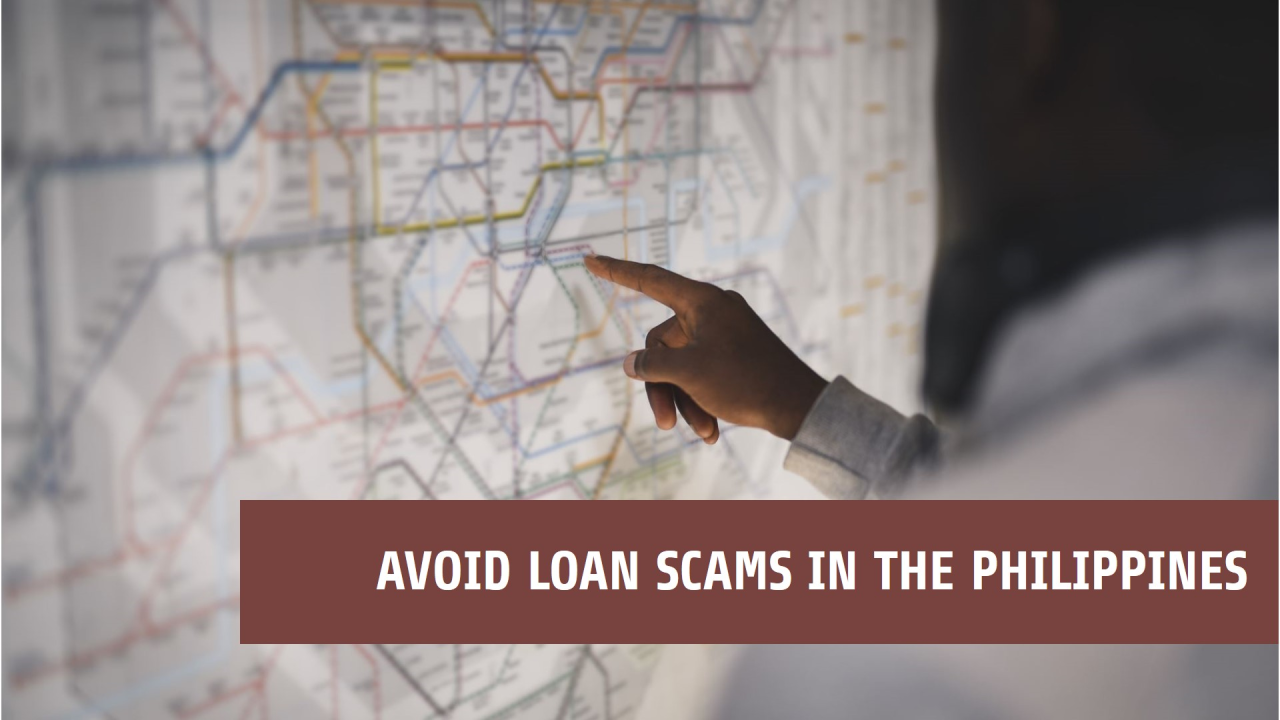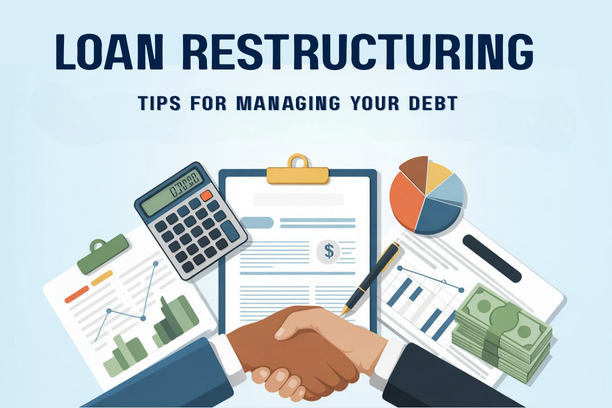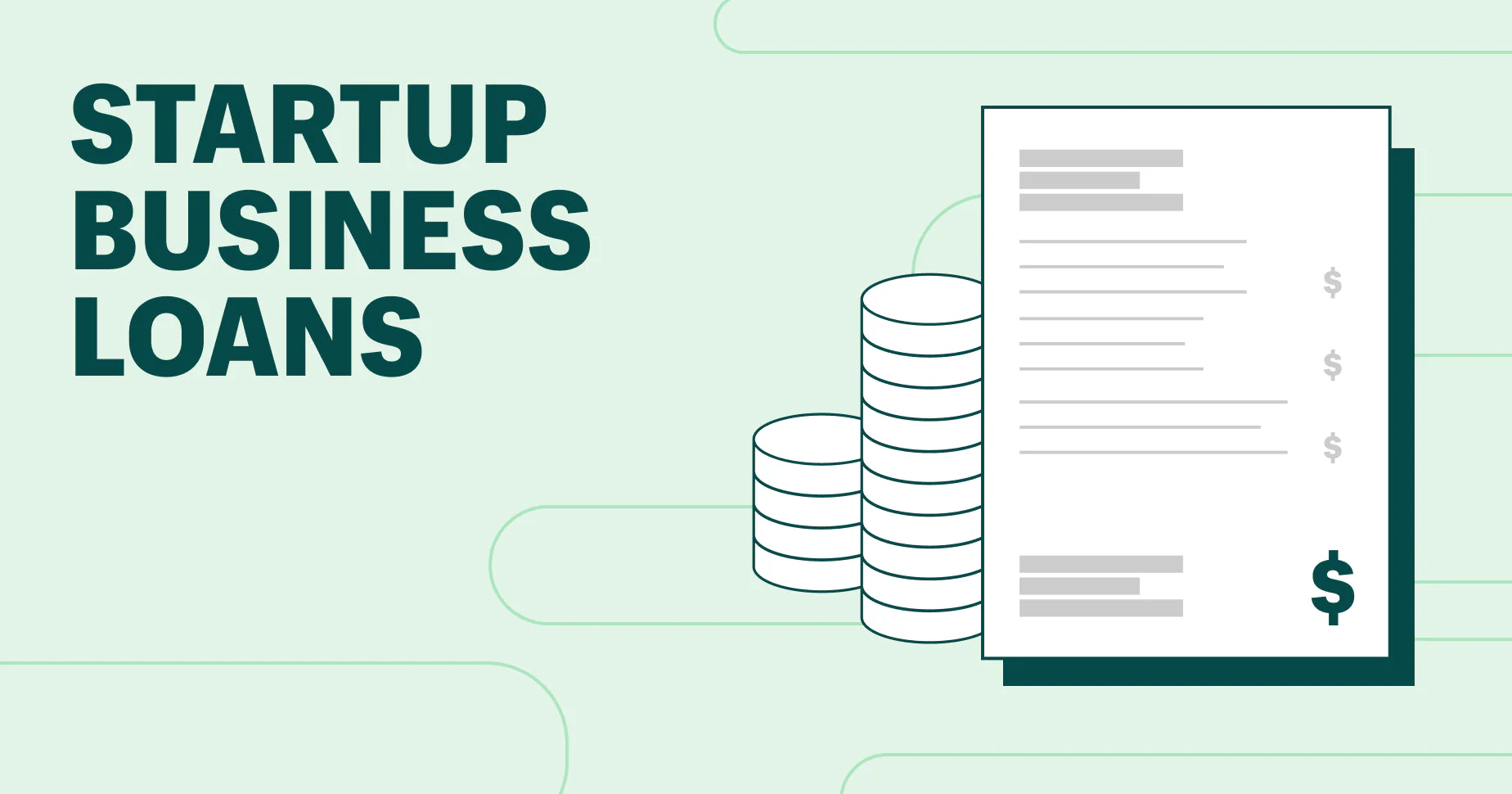When an urgent financial need arises, an unsecured personal loan in the Philippines is often one of the first options that comes to mind. Unlike secured loans that require collateral like a car or a home, an unsecured loan is approved based on your creditworthiness and ability to repay. This makes them a popular and accessible choice for many Filipinos. However, the convenience of not needing collateral comes with its own set of conditions, particularly when it comes to interest rates and fees. This comprehensive guide will demystify unsecured personal loans, providing an in-depth look at typical interest rates, associated fees, and other critical conditions you must understand before applying in 2025.
Understanding the Basics of Unsecured Personal Loans in the Philippines
To navigate the loan market successfully, it’s essential to start with a clear understanding of what an unsecured loan is and why its terms and conditions are so important. This knowledge will empower you to make a more informed and responsible borrowing decision, saving you from potential financial pitfalls.
What is an Unsecured Personal Loan?
An unsecured personal loan is a type of credit that does not require the borrower to pledge any assets as collateral. The lender’s decision to grant the loan is based primarily on the borrower’s credit history, income, and overall financial stability. Because the loan is not backed by an asset, the lender takes on a higher level of risk. This higher risk is often reflected in a higher interest rate and stricter eligibility requirements compared to a secured loan. Unsecured personal loans in the Philippines are widely available from major banks, as well as from online lending companies and credit unions. They are versatile financial tools that can be used for a wide range of purposes, such as consolidating high-interest debt, funding a wedding, paying for medical emergencies, or covering educational expenses.
The application process for an unsecured loan is generally more streamlined than that of a secured loan. You do not need to have your collateral appraised, which saves a significant amount of time. Instead, you’ll need to provide documents that prove your identity, income, and employment. The loan is disbursed as a lump sum, which you then repay in fixed monthly installments over a set period. The repayment period, often referred to as the loan term, can range from a few months to several years. This fixed repayment schedule and predictable monthly payments make an unsecured personal loan easy to budget for.
Why is Understanding Interest Rates and Conditions Crucial?
Understanding the interest rates and conditions of a loan is the most important step in borrowing responsibly. For an unsecured personal loan in the Philippines, these factors directly determine the total cost of borrowing. A small difference in the interest rate can result in a significant difference in the total amount you have to repay over the life of the loan. Knowing the interest rate, and especially the Effective Interest Rate (EIR), allows you to accurately compare loan offers from different lenders. The EIR includes all fees and charges, giving you the true cost of the loan. This is crucial for avoiding hidden fees and making an apples-to-apples comparison.
The conditions of a loan are equally important. These include fees, penalties, and the terms of repayment. For example, a loan might have a low interest rate but high origination fees, which are deducted from the principal amount before you even receive it. It might also have steep penalties for late payments or, in some cases, a prepayment penalty if you decide to pay off the loan early. Without a full understanding of these conditions, you may end up paying more than you initially expected. For an unsecured personal loan in the Philippines, where the interest rates are generally higher, a thorough review of all conditions is not just recommended, it’s a necessity for protecting your financial health.
Key Factors Affecting Interest Rates and Conditions
The interest rate and other conditions on an unsecured personal loan are not arbitrary; they are the result of a careful risk assessment conducted by the lender. Several factors, both personal and market-based, come into play when a lender determines your loan offer.
Your Credit Profile and Income as a Borrower
The most significant factors influencing the interest rate on your unsecured personal loan in the Philippines are your credit score and your income. A credit score is a numerical representation of your creditworthiness, based on your payment history, credit utilization, and credit mix. A higher credit score signals to lenders that you are a low-risk borrower who has a history of making timely payments. This will likely result in a lower interest rate and more favorable terms. Conversely, a low credit score will lead to a higher interest rate to compensate the lender for the increased risk of a potential default. It is always a good idea to check your credit report from credit bureaus like TransUnion Philippines before you apply for a loan.
Your income and employment status are also critical. Lenders want to be sure you have a stable and sufficient income to comfortably make your monthly payments. They will look at your monthly salary, the length of your employment, and your debt-to-income (DTI) ratio. A low DTI ratio indicates that a smaller portion of your income goes towards existing debts, leaving you with more disposable income to manage a new loan. The unsecured personal loans in the Philippines offered by major banks typically have a minimum annual or monthly income requirement. Lenders see a high income and low DTI as a sign of financial stability, which can lead to a more favorable loan offer.
Market Conditions and the Lender’s Policy
Beyond your personal financial profile, the broader economic environment and the lender’s internal policies also play a major role. The prevailing interest rates in the market, often influenced by the Bangko Sentral ng Pilipinas (BSP), affect how lenders price their loans. When the BSP raises its benchmark interest rate, lenders often follow suit, which can lead to higher interest rates on new loans. This is why you may see different rates from year to year, even if your financial profile remains the same.
The lender’s own policies and business model also affect the interest rate and conditions. Traditional banks, for example, often have more stringent requirements but may offer slightly lower interest rates to borrowers with excellent credit. Online lending apps, on the other hand, often have more flexible requirements and faster approval times, but their rates may be higher to offset the risk of lending to a wider range of borrowers. Some lenders may also offer promotional rates or special conditions for existing customers. Therefore, when looking for an unsecured personal loan in the Philippines, it is crucial to shop around and compare offers from a variety of lenders to find the best deal for your specific situation.
A Detailed Look at Interest Rates and Fees
Interest rates and fees are the most tangible aspects of a loan. A clear understanding of these costs will help you avoid financial surprises and ensure you know exactly what you are getting into.
Typical Interest Rates in 2025
The interest rates for unsecured personal loans in the Philippines vary widely based on the lender and your credit profile. Here is a general breakdown of what you can expect in 2025:
- Major Banks: For borrowers with excellent credit, major banks like BPI, BDO, and Metrobank may offer monthly add-on rates ranging from 1.2% to 1.5%. This translates to an effective annual interest rate (EIR) of approximately 25% to 35%. Their rates are generally considered to be some of the most competitive in the market.
- Credit Unions: Credit unions often offer more favorable rates to their members, with some having an interest rate cap. While their approval process might be more traditional, they can be a great option for those who are members or can join one.
- Online Lending Apps: Online lending apps offer convenience and speed, but this often comes at a higher cost. Their monthly add-on rates can range from 1.5% to 5% or even higher, with an EIR that can reach well over 100% in some cases, especially for smaller, shorter-term loans.
Common Fees and Other Conditions
Beyond the interest rate, a personal loan comes with several other fees and conditions. You must read your loan contract carefully to understand all of them.
- Origination/Processing Fee: This is a one-time fee charged by the lender to cover the cost of processing your loan application. It is usually a percentage of the loan amount or a fixed fee. This fee is often deducted from the loan amount before it is disbursed to you.
- Late Payment Fee: If you fail to make your monthly payment on time, you will be charged a late payment penalty. This can be a fixed amount or a percentage of your unpaid installment. These fees can add up quickly and can negatively impact your credit score.
- Prepayment Penalty: Some lenders charge a fee if you decide to pay off your loan before the end of the term. This is to compensate the lender for the interest they would have earned.
- Documentary Stamp Tax (DST): This is a government tax on loan agreements in the Philippines. It is a fixed rate based on the loan amount. Most lenders will pass this cost on to the borrower.
Conclusion: Borrowing Responsibly
Unsecured personal loans in the Philippines are a powerful financial tool that can help you meet your goals. However, their convenience and accessibility should not be taken lightly. By thoroughly understanding the interest rates, fees, and conditions, you can make a smart borrowing decision. Always choose a reputable, SEC-registered lender, be honest about your ability to repay, and use the loan as a tool to improve your financial situation, not as a shortcut that leads to a cycle of debt.













